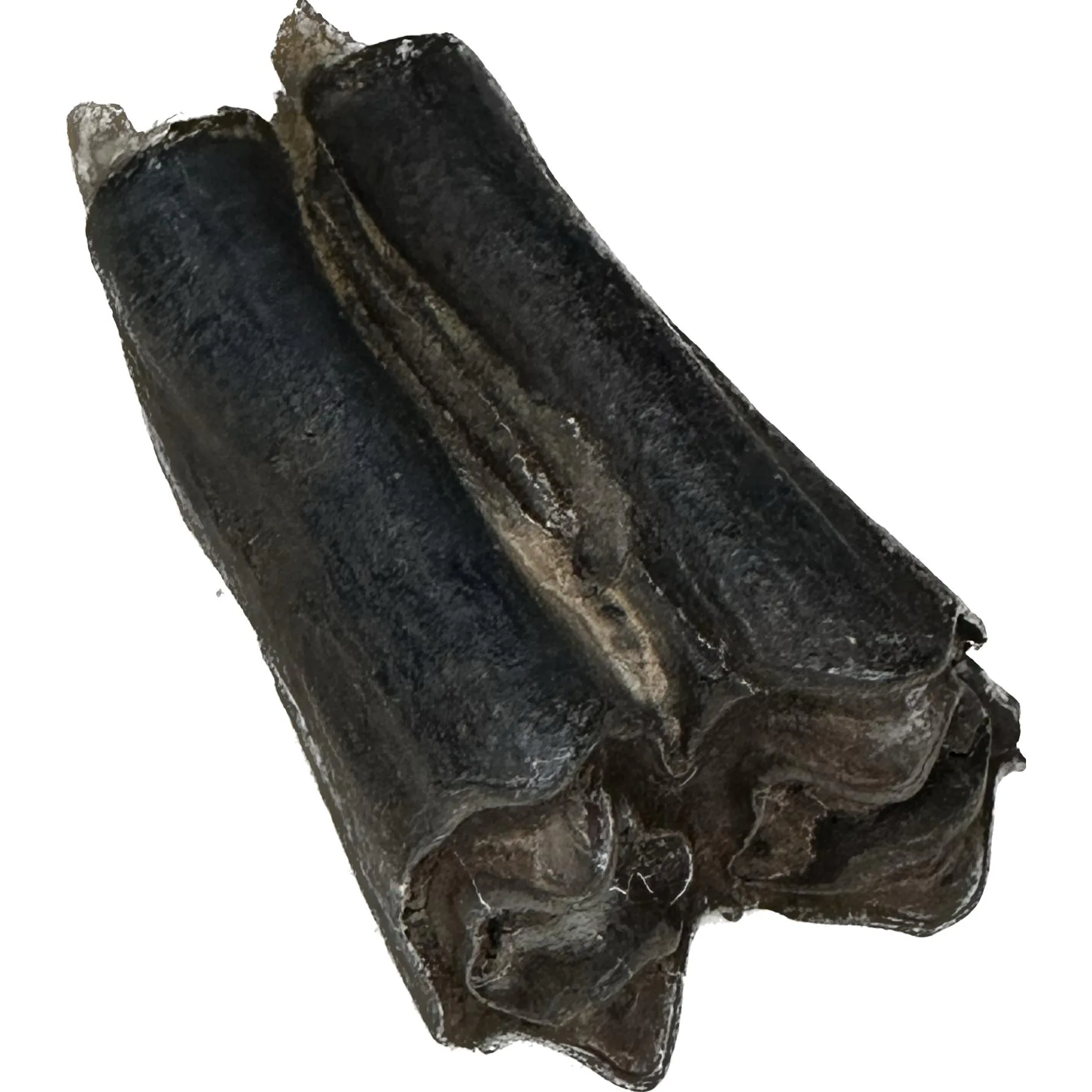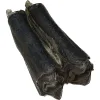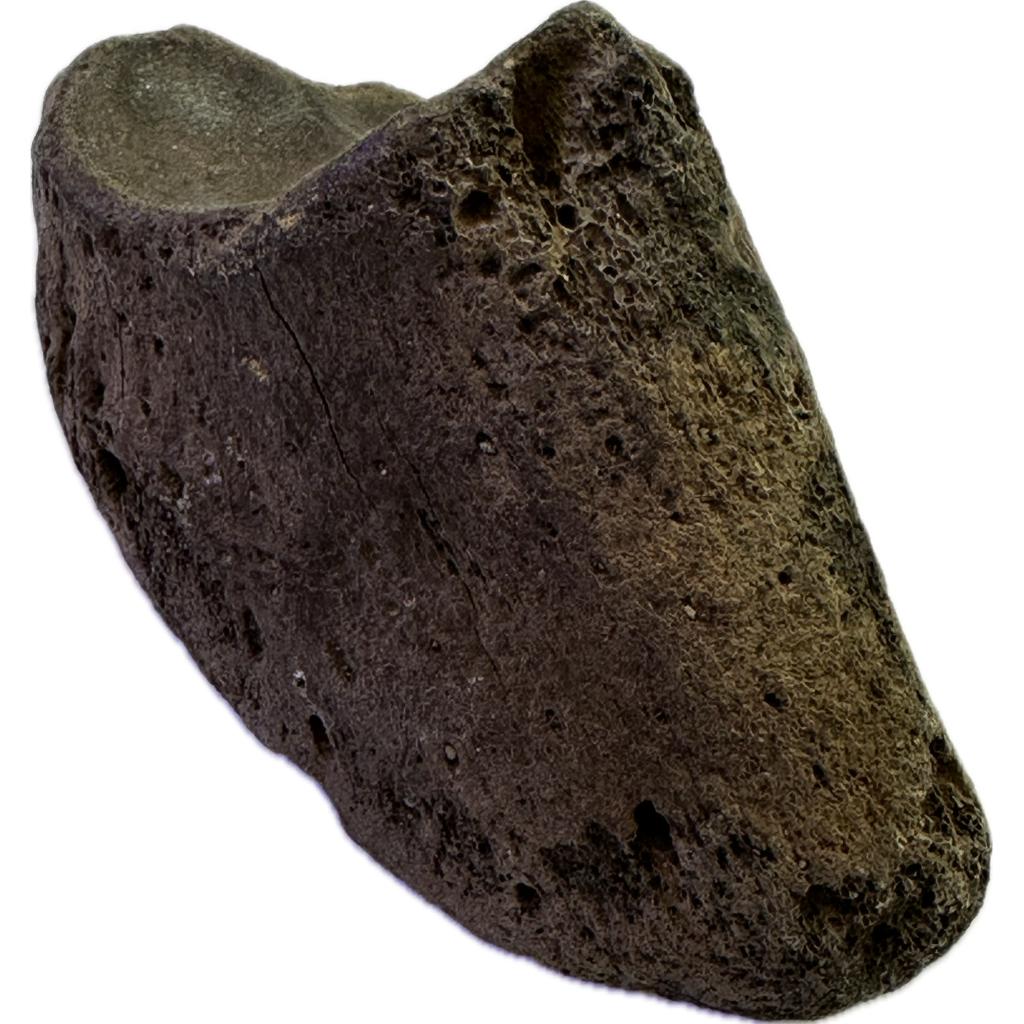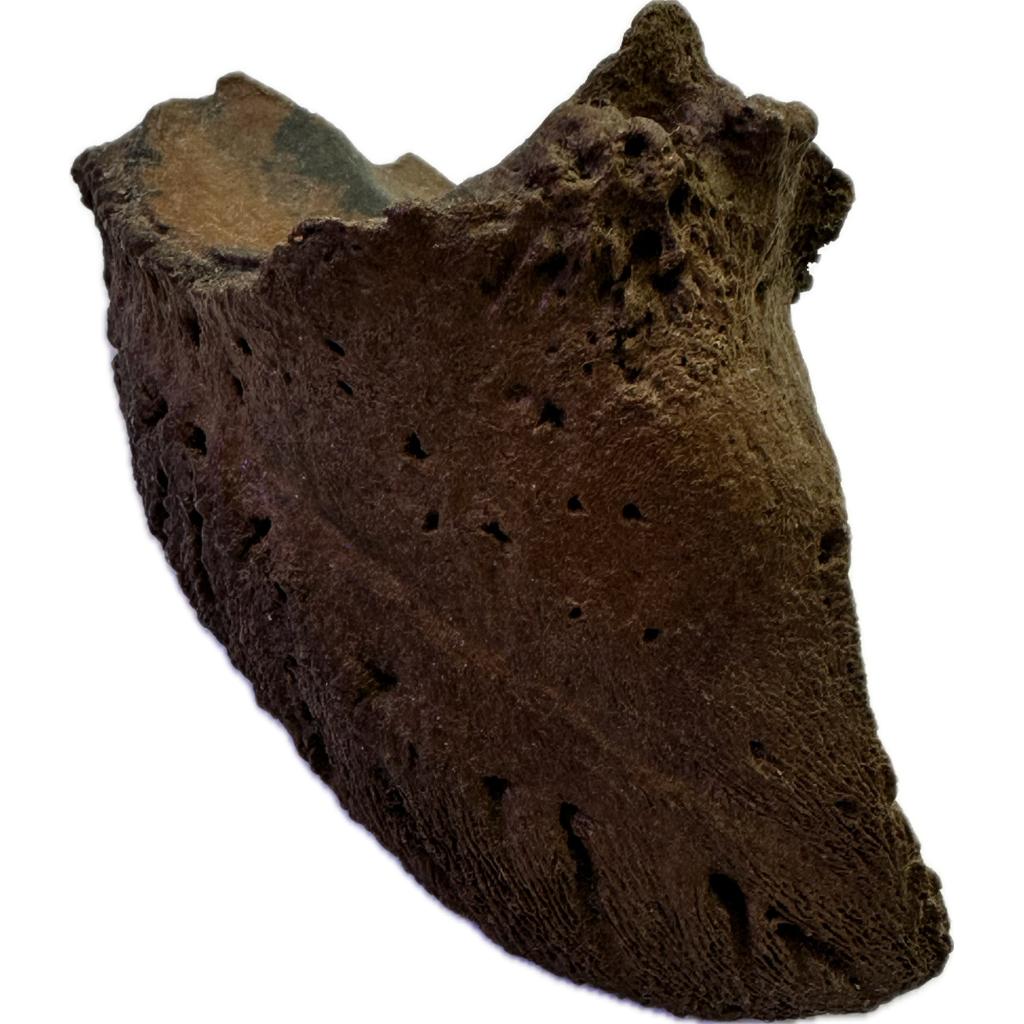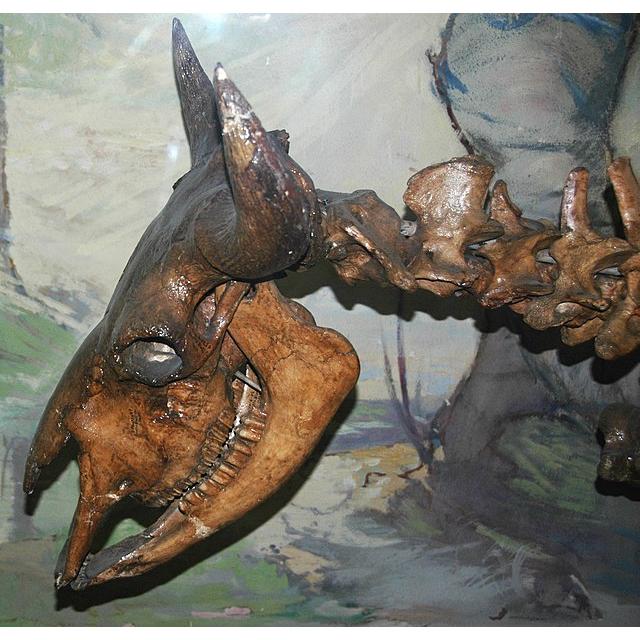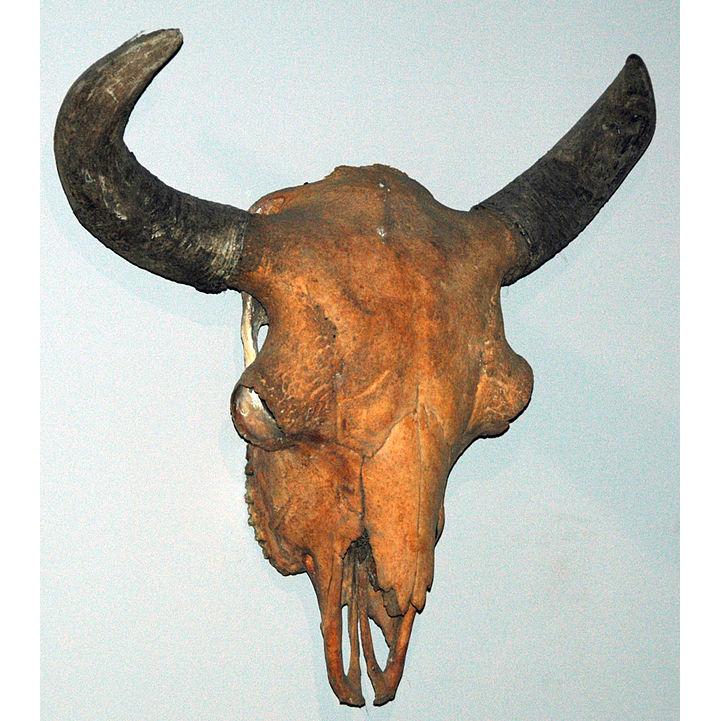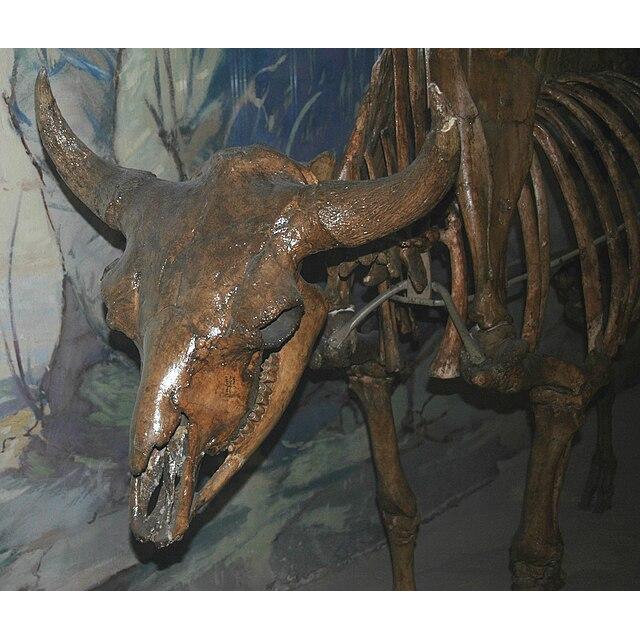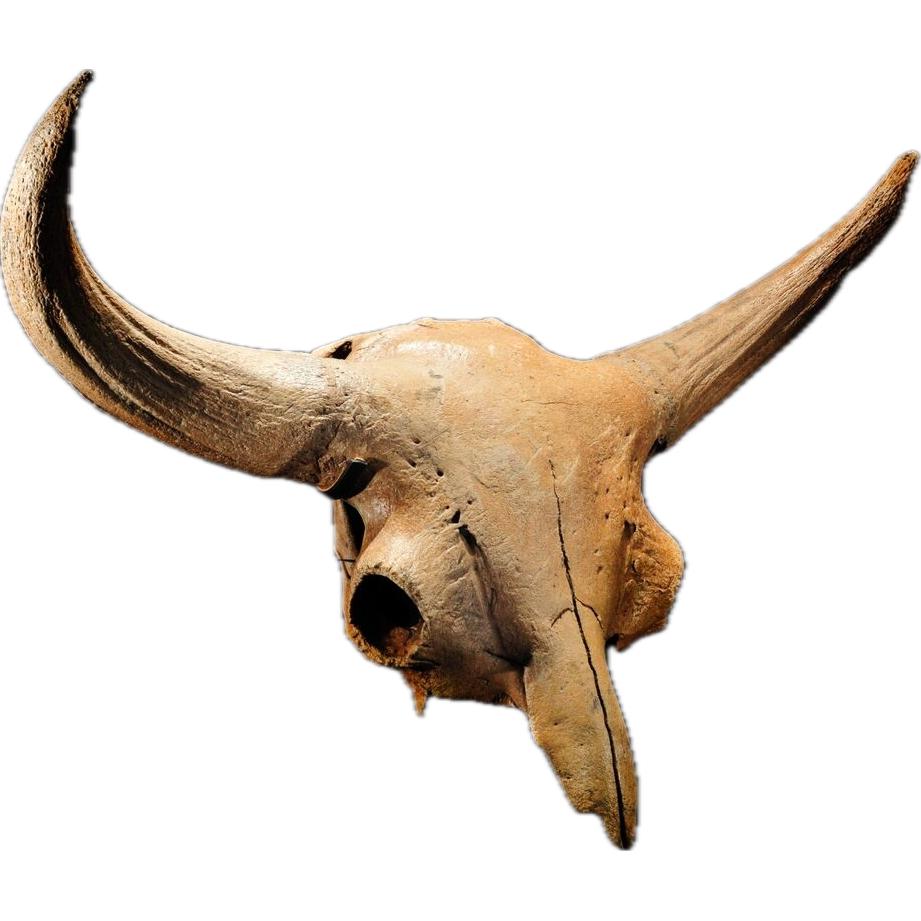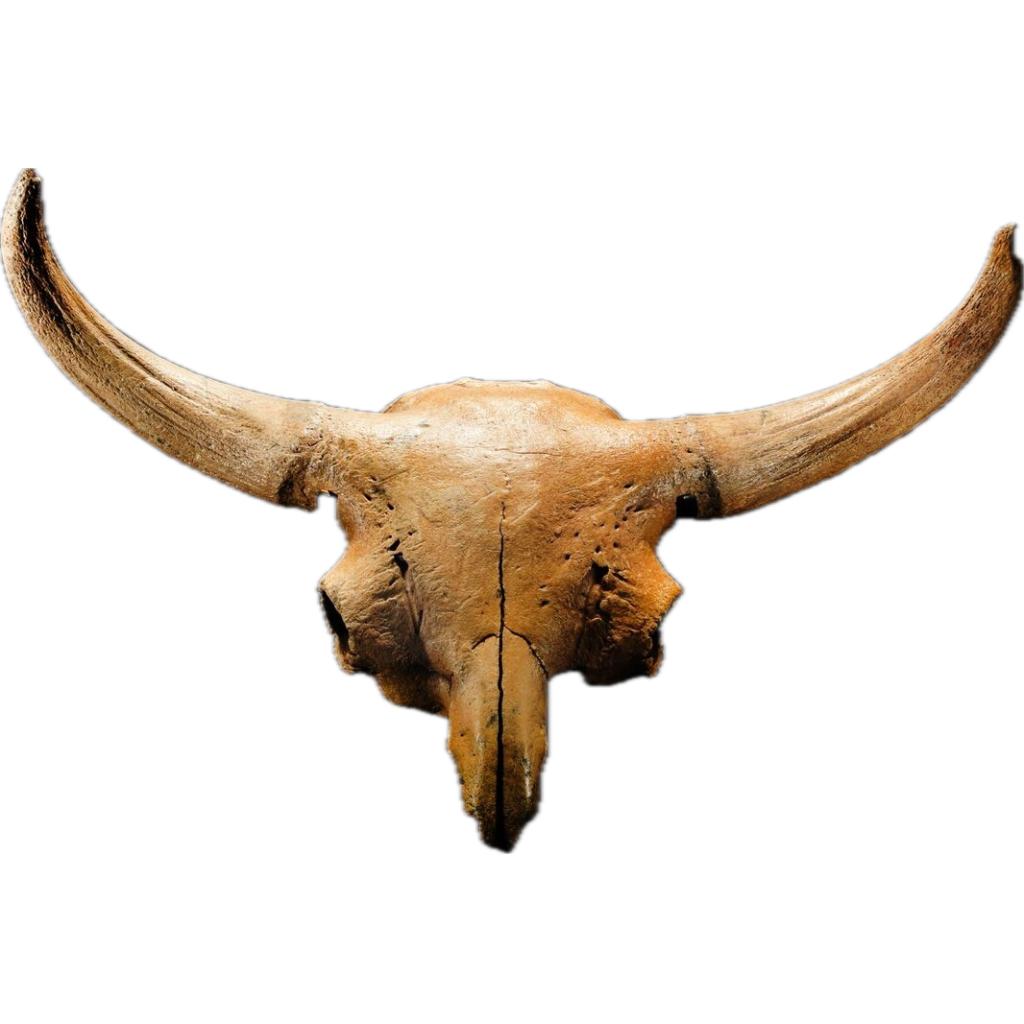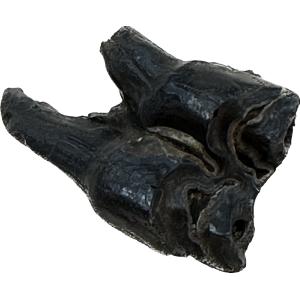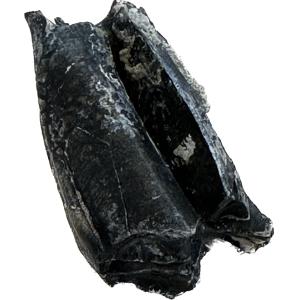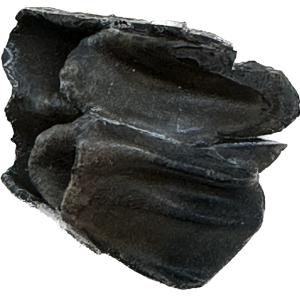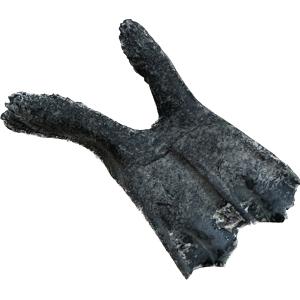Ice Age fossil bisons, emblematic of an epoch when towering herbivores roamed the Earth’s icy plains, evoke a vivid picture of a bygone era. These ancient creatures, formally known as Bison priscus, hold a significant place in paleontological studies, offering a window into the ecological dynamics of the Pleistocene epoch. In this comprehensive exploration, we delve into the world of Ice Age fossil bisons, unraveling their evolutionary history, ecological significance, and their enduring legacy in the annals of Earth’s natural history.
Evolutionary Origins and Adaptations
The lineage of Bison priscus traces back to the late Pliocene or early Pleistocene, evolving from earlier forms of bovids. As the Pleistocene unfolded, Bison priscus flourished and diversified across vast expanses of grasslands and tundra, spanning Europe, Asia, and North America.
One of the most striking adaptations of Ice Age bisons was their remarkable ability to thrive in the harsh environmental conditions of the Pleistocene. These robust creatures boasted a thick coat of fur, providing insulation against the biting cold of glacial periods. Their humped shoulder structure and sturdy build helped them navigate through snow-covered landscapes and endure the rigors of their frigid habitats.

Central to the identity of Ice Age bisons were their imposing horns. These formidable weapons, often spanning several feet in length, served dual purposes as defensive tools against predators and as instruments for dominance displays and mating rituals. The morphology of these horns varied among populations, reflecting adaptations to different environments and selective pressures.
Ecological Role and Interactions
Ice Age bisons played a pivotal role in shaping Pleistocene ecosystems as primary consumers, exerting significant influence through grazing and trampling vegetation. Their browsing behaviors influenced plant distribution and abundance, sculpting the landscapes they inhabited. Moreover, their presence likely facilitated the dispersal of seeds and nutrients across vast distances, further contributing to ecosystem dynamics.
Interactions between Ice Age bisons and other megafauna, including mammoths, woolly rhinoceroses, and saber-toothed cats, were integral to Pleistocene ecosystems. These complex relationships encompassed competition for resources, predator-prey dynamics, and coexistence strategies, shaping the evolutionary trajectories of diverse species.
Furthermore, the presence of Ice Age bisons intersected with the emergence and dispersal of early human populations. Archaeological evidence suggests that ancient humans hunted these megafauna for food, clothing, and tools, underscoring the intertwined histories of humans and Ice Age megafauna.
Distribution and Fossil Record
Fossil evidence of Ice Age bisons has been unearthed from numerous sites around the world, providing invaluable insights into their distribution and evolutionary history. In Europe, notable fossil deposits include the famous caves of the Dordogne region in France, where ancient cave paintings depict scenes of bison hunting and human-animal interactions. Similarly, the vast steppes of Siberia have yielded well-preserved bison fossils, offering glimpses into ancient ecosystems of the Eurasian continent.

In North America, Ice Age bison fossils are particularly abundant, with significant finds in regions such as the Great Plains and the Yukon Territory. One of the most iconic discoveries is the Hot Springs Mammoth Site in South Dakota, where a rich assemblage of Ice Age megafauna, including bisons, mammoths, and ground sloths, provides a window into the prehistoric past.
Extinction and Legacy
The decline and eventual extinction of Ice Age bisons, along with many other megafauna species, remain subjects of intense scientific inquiry and debate. A combination of factors, including climate change, habitat loss, overhunting by early humans, and possibly disease, likely contributed to their demise. The rapid environmental changes associated with the transition from the Pleistocene to the Holocene exerted immense pressure on Ice Age megafauna populations, leading to widespread extinctions.
Despite their disappearance from the Earth, the legacy of Ice Age bisons endures through the study of their fossils. Through paleontological research, scientists continue to unravel the mysteries of these ancient creatures, shedding light on their evolutionary adaptations, ecological significance, and interactions with the dynamic landscapes of the Pleistocene.
Moreover, genetic studies of Ice Age bison fossils offer insights into their population dynamics, migration patterns, and genetic diversity. Comparisons between ancient DNA from fossil specimens and modern bison populations provide valuable information about the evolutionary history of this iconic species and its resilience in the face of environmental challenges.
In addition to the Ice Age bisons that roamed across Europe, Asia, and North America, the southeastern region of what is now the United States, including Florida, was also inhabited by its own distinct population of Ice Age bisons. These Florida Ice Age bisons, often referred to as Bison antiquus floridanus, were a subspecies adapted to the unique environmental conditions of the region.
Florida Ice Age bisons thrived in the diverse habitats of the southeastern United States, which included grasslands, savannas, and wetlands. Fossil evidence suggests that they inhabited areas ranging from the coastal plains to inland regions, where they coexisted with other megafauna species, such as mammoths and mastodons.

One notable feature of Florida Ice Age bisons was their relatively smaller size compared to their counterparts in other regions. This adaptation likely reflects the constraints imposed by the subtropical climate and the availability of resources in their habitats. Despite their smaller stature, Florida Ice Age bisons retained the characteristic traits of their species, including thick fur, robust build, and formidable horns.
Fossil sites in Florida, such as the Aucilla River Prehistory Project and the Ichetucknee River, have yielded valuable specimens of Ice Age megafauna, including bisons. These fossil deposits provide insights into the paleoenvironmental conditions of the region during the Pleistocene epoch and the interactions between Ice Age megafauna and early human populations.
The extinction of Florida Ice Age bisons, like their counterparts elsewhere, remains a subject of scientific inquiry and speculation. Climate change, habitat loss, and human hunting pressure likely contributed to their decline, leading to the eventual disappearance of these iconic creatures from the landscape.

Despite their extinction, the legacy of Florida Ice Age bisons lives on through the study of their fossils. By piecing together the clues preserved in these ancient remains, scientists gain a deeper understanding of the ecological dynamics of the southeastern United States during the Pleistocene epoch and the interconnectedness of species within prehistoric ecosystems.
Incorporating the story of Florida Ice Age bisons enriches our understanding of the broader narrative of Ice Age megafauna and underscores the importance of regional variations in prehistoric ecology. As we continue to explore the fossil record and unravel the mysteries of the past, the story of Florida Ice Age bisons serves as a testament to the resilience and adaptability of life in the face of environmental change.
Prehistoric 101 (Learn about fossils, minerals, and meteorites)
Ice Age Bison: Learn More


